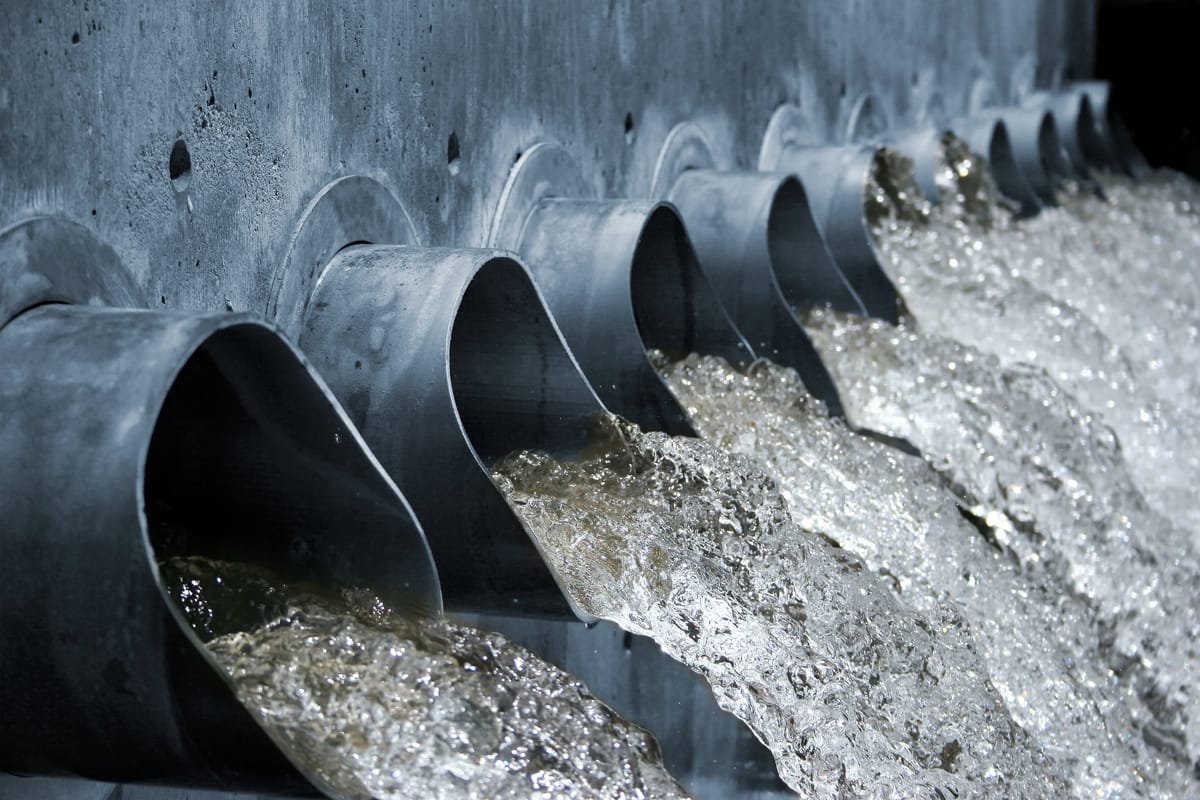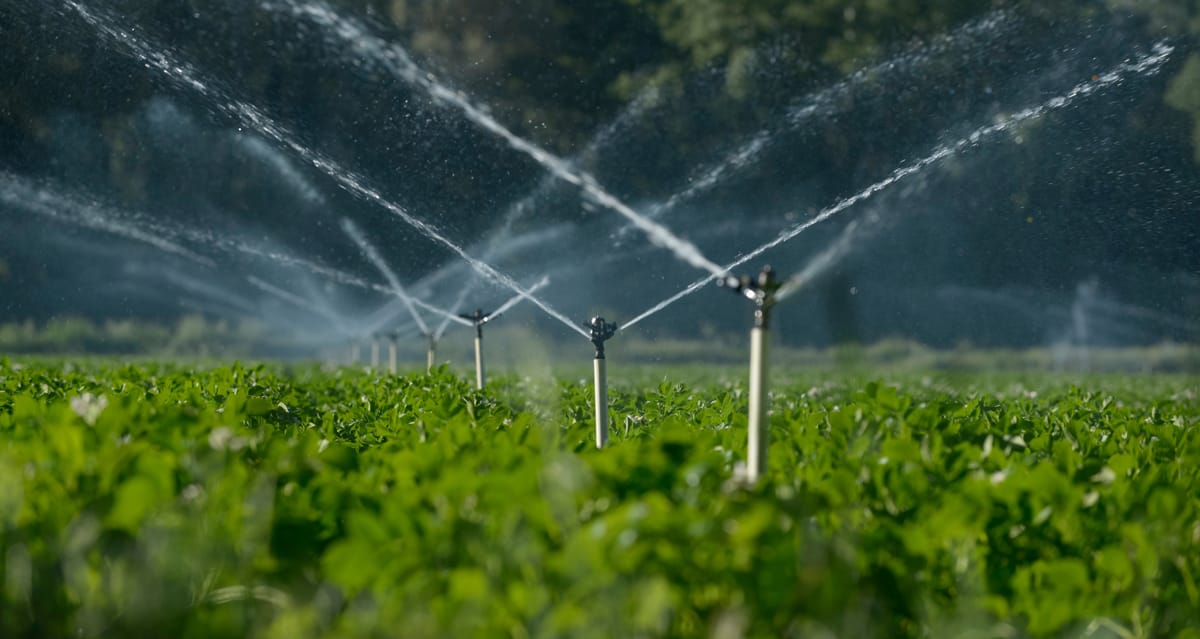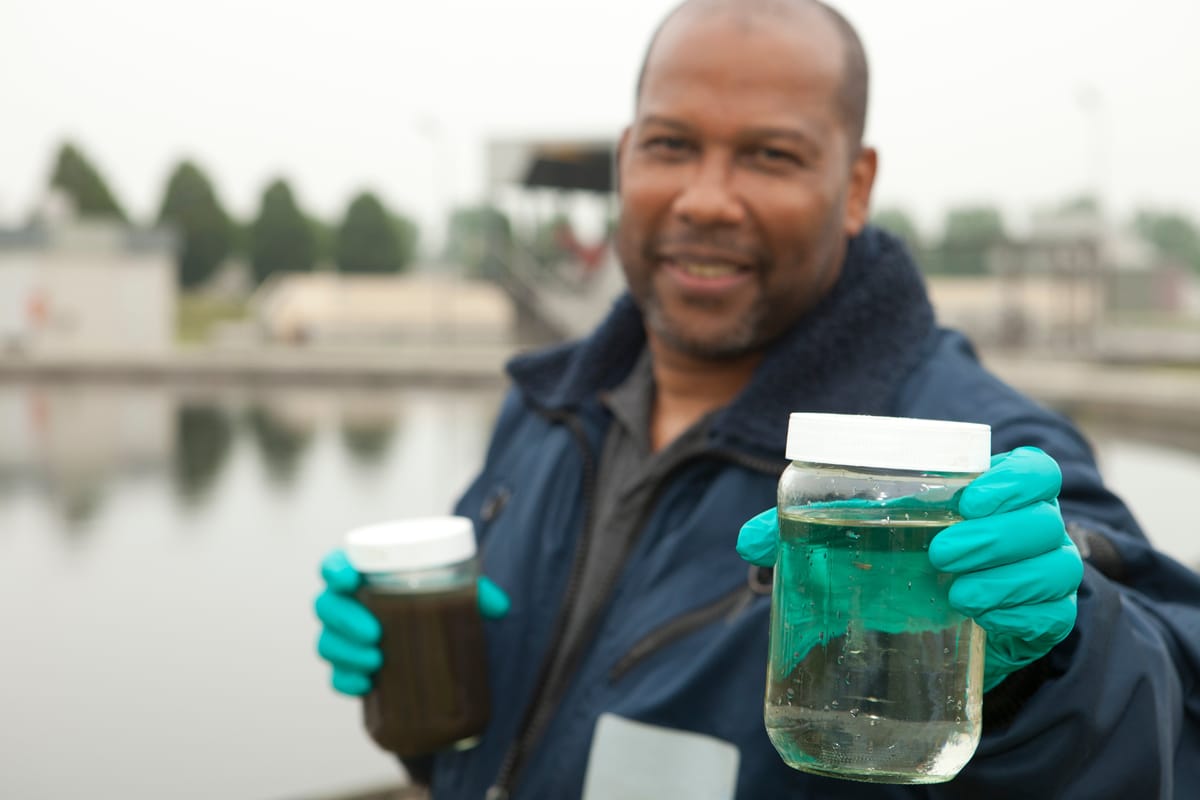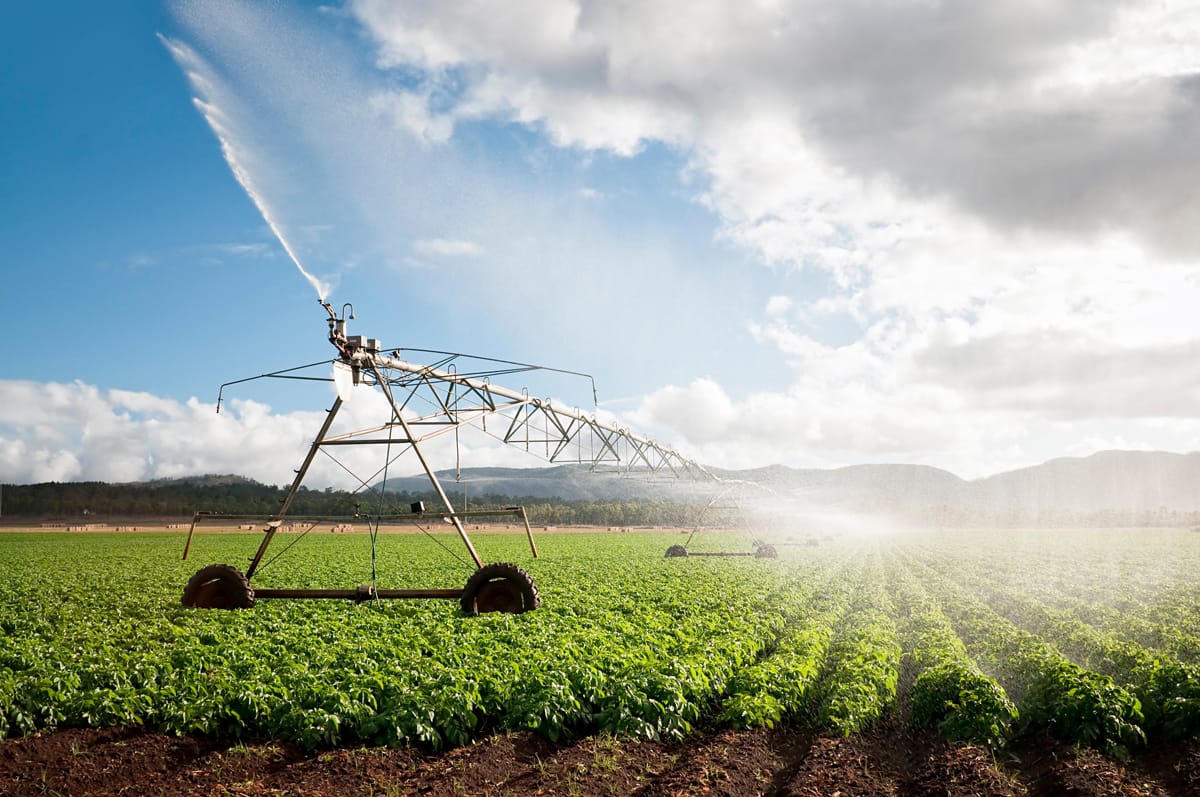California: The Richest State with the Poorest Water

Is it possible that the richest state in America can’t provide fundamental necessities to some of its most hardworking citizens? Ask Californian farmers in the small communities of its Central Valley who haven’t had access to clean tap water for decades.
In a recent article published by The New York Times titled, “They Grow the Nation’s Food, but They Can’t Drink the Water,” Jose A. Del Real tells the story of East Orosi farmers whose public drinking water supply has been tainted by arsenic and fertilizer without relief. In 2019, it’s hard to hide a dying infrastructure from the public, and it seems that California is finally getting the voice they deserve.
THE DIRE SITUATION
California has been ignoring its failing systems in smaller towns and unincorporated communities within the Central and Salinas Valleys—the epicenters of California agriculture—for years. So much so, that schools pay for bottled water because their century-old pipes wrought with tainted soil and bacteria are still in use.
According to the article, more than 300 public water systems in California provide unsafe drinking water. This leaves over one million Californians to chart unsafe terrain, according to public health officials. Half of all these failing systems are clustered in San Joaquin Valley, a southern section of the Central Valley.
“Clean water flows toward power and money,” said Susana De Anda, quoted by The Times. De Anda is an avid water-rights organizer in the region, and the daughter of lettuce field farmers. “Homes, schools and clinics are supposed to be the safest places to go. But not in our world.”
East Orosi, a community near the Sierra Nevada and comprised of about 500 farmers, is perhaps one of the most dilapidated in terms of water infrastructure. There, individuals fear heavy nitrate exposure, a compound linked to increased risks of infant death and high risk of cancer in adults. Factors such as chemical fertilizers and dairy manure seeping into the ground keep nitrate exposure a constant risk, making it seem that their very livelihood, agriculture, has become their demise.
Arsenic exposure is another threat to these communities. While arsenic is found naturally in some areas, exhaustive groundwater pumping causes it to become worse and more dangerous. An increased risk of arsenic exposure could lead to a plethora of health issues, such as lung, bladder and skin cancer, and cardiovascular, neurological and respiratory diseases.

AN EXPENSIVE DECISION
Unfortunately, the only effort that has been made to mitigate this crisis has been, of course, widely controversial. When, in 2019, Gov. Gavin Newsom proposed a tax of $140 million “on urban water districts and the agriculture industry to pay for development in districts serving unsafe water,” many believed spending more money wasn’t the answer. In fact, Newsom had already allocated $168 million towards improving water infrastructure last year. Given that California already sports some of the highest tax rates in the country, most believe it will offer anything but a reprieve.
“There’s agreement with everyone involved in policy that there is a problem and it needs to be solved,” said Cindy Tuck, quoted by The Times. Tuck is the deputy executive director for government relations for the Association of California Water Agencies. “We think it doesn’t make sense to tax a resource that is essential.”
Instead, state representatives like Sen. Melissa Hurtado believe the funding should generate from the state’s general fund. This proposal from her State Senate budget subcommittee is currently working on the details in part of a broader budget negotiation, which will come to ballot in June.

A CONTROVERSIAL SOLUTION
Aside from billion-dollar remedies, another solution policy-makers have sought is for larger systems to absorb smaller systems as a way to expand safer tap water to these smaller communities. California’s unique situation, with a web of small drinking water systems that pepper the state, makes this seem like a reasonable solution. The Times says:
“[This] would allow them to spread infrastructure costs across more customers. In the San Joaquin Valley, nearly 80 percent of disadvantaged communities without potable water are less than one mile away from other communities with safe drinking water.”
But not many agree, fearing that the costs would become too high from overhauling these decrepit infrastructures. In addition, communities with safe drinking water worry that these lower-income communities without safe water will leave them to “foot the bill,” according to The Times.

NEVER SETTLE FOR THE UNSAFE
In times of crisis, we look to the problem-solvers for solutions. And when lawmakers cannot make that happen immediately, what’s to be done? Luckily, this is precisely what Primo® Water aims to do: offer safer, better water to communities in need.
With Primo’s 5-step Reverse Osmosis (RO) purification system, every single drop of water is rid of harmful bacteria, arsenic, nitrates, heavy metals and more. That makes for healthier lifestyles in the long-run, so you can ditch the tap. And while Primo cannot reinvent California’s problematic infrastructure, they can at least provide better water and advocate for communities who need it the most. In fact, sometimes the only thing we have is our voice.
So, find a Primo® Water retailer near you and start taking the worry out of your water. Our outdoor refill machines are the perfect solution because the process is quick and cheap with BIG benefit. In the meantime, no matter where you reside, prepare for your local elections where newly-elected officials will be the ones who make or break the future of our public water infrastructures.
